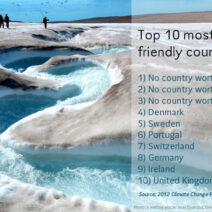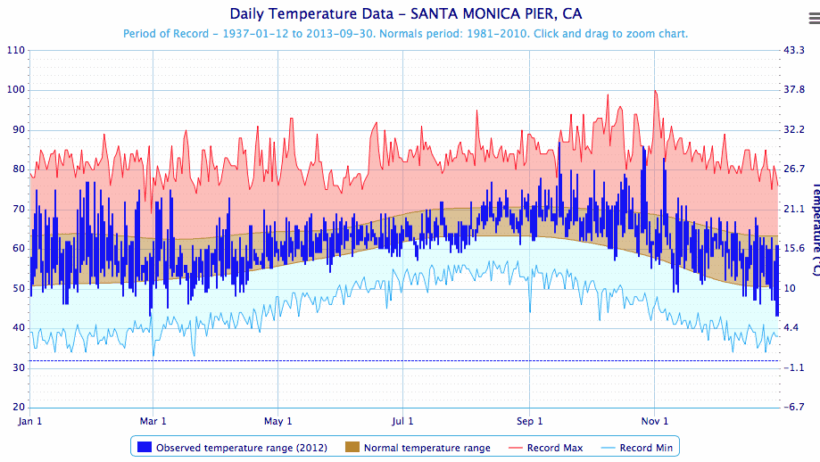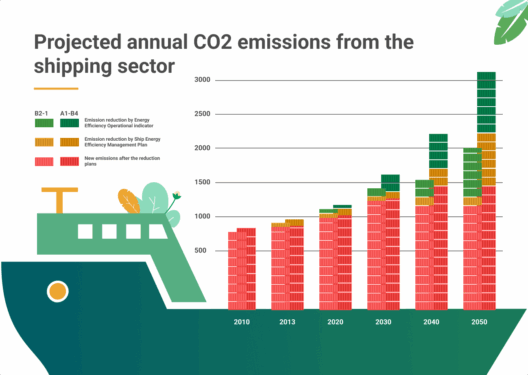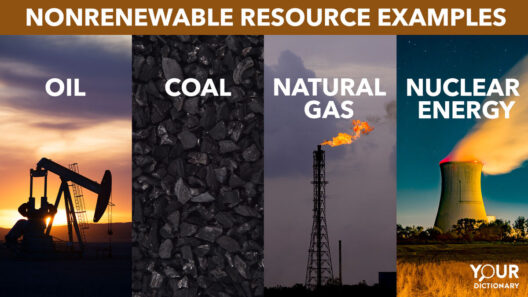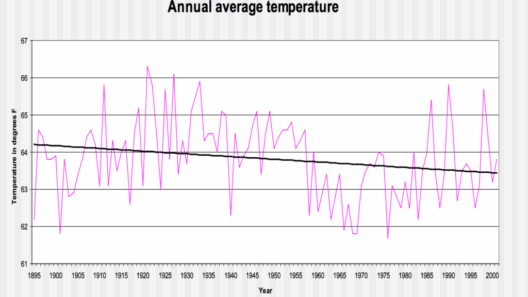The West Region of the United States boasts an exquisite variety of climates that span from the refreshing coastal breezes to the captivating chill of elevated mountain terrains. This rich climatic diversity is not merely an incidental feature of the landscape but rather a tapestry woven by a plethora of geographical and meteorological influences. Understanding this region’s climate serves to illuminate not only its environmental significance but also its profound implications for biodiversity, agriculture, and the communities that inhabit these varied ecosystems.
Coastal climates, particularly along the Pacific Coast, are characterized by mild temperatures and ample precipitation, resulting from the moderating influence of the Pacific Ocean. This marine climate fosters a unique ecosystem where foggy mornings are commonplace, and temperate rainforests thrive. Coastal cities such as San Francisco and Seattle exemplify this phenomenon, where temperatures rarely reach extremes, oscillating generally within a comfortable range throughout the year. The ocean’s thermal inertia plays a pivotal role in mitigating temperature variations; thus, summer days tend to be pleasantly cool, while winters are marked by gentle rains rather than snowfall.
A defining element of this coastal climate is the phenomenon known as “marine layer,” a dense fog that can roll in from the ocean. This marine layer serves as an important moisture source for coastal ecosystems, allowing the thriving vegetation—ranging from towering redwoods to lush underbrush—to flourish in an otherwise seemingly arid environment. The rich biodiversity supported in these regions is not just enchanting but functions as a critical buffer against climate change, sequestering carbon and regulating local weather patterns.
Transitioning inland from the coast reveals a dramatic transformation in climate as elevation increases and proximity to the ocean diminishes. The Sierra Nevada mountain range exemplifies this shift, showcasing how topography intricately shapes climatic conditions. The mountains create orographic lift, leading to pronounced rain shadows. Consequently, the western slopes of the Sierra receive copious amounts of precipitation, nurturing expansive forests, whereas the eastern slopes can experience arid conditions, giving rise to desert-like habitats.
The climatic dichotomy between coastal and mountain regions spawns a fascinating interplay of ecosystems. For instance, the western slopes host a plethora of coniferous trees, attracting diverse wildlife. Ascending to higher altitudes, temperatures plummet, and the landscape becomes adorned with alpine meadows and snow-capped summits. The snowpack serves as a vital reservoir, replenishing rivers and lakes in warmer months and thus sustaining life across various ecosystems. This interdependence is often understated yet critical for understanding how climate variations directly impact water availability and agricultural practices downstream.
Another noteworthy climatic feature in the West is the influence of specific weather systems, such as the Santa Ana winds in Southern California or the monsoonal patterns experienced in the Southwest. The Santa Ana winds are notorious for their dry, hot gusts, which can exacerbate wildfire conditions, creating a hazardous environment. Conversely, the monsoon season in Arizona brings an influx of moisture, transforming landscapes and providing much-needed precipitation during typically dry summer months. These weather patterns exemplify the duality of the West’s climate, illustrating how diverse atmospheric systems intertwine to create an intricate climatic mosaic.
The influence of climate extends beyond ecological systems and directly impacts human activities, from agriculture to urban development. Farmers in the coastal regions cultivate crops well-suited to temperate climates, such as wine grapes and berries. On the other hand, the high desert areas of Southern Utah and Nevada have cultivated a different agricultural identity, with crops adapted to drier, harsher conditions. The region’s agricultural viability is constantly threatened by climate change. Alterations in precipitation patterns and increasing temperatures pose significant challenges, compelling farmers and communities to adapt their practices for sustainability.
This climatic variability in the West Region of the United States also shapes cultural identities—ranging from the coastal surfer lifestyle to mountain biking communities. The weather not only frames daily activities but also influences festivals, outdoor sports, and community traditions, ultimately forging distinct regional identities. The fascination with this climatic melange invites deeper inquiry into how environmental conditions foster resilience and ingenuity among inhabitants who rely on these landscapes for sustenance and livelihood.
Moreover, climate change has unveiled troubling implications for the future of the West, as rising temperatures and erratic weather patterns threaten to disrupt the delicate balance of its ecosystems. Increased aridity in already dry regions and heightened wildfire risks present imminent challenges. In response, environmental activism advocating for sustainable practices and policies is gaining momentum, underscoring the urgency of mitigating climate impacts. It prompts a collective reflection on humanity’s role in shaping environmental outcomes and emphasizes the interconnectedness of human activity and climate health.
In summary, the climate of the West Region is a dynamic interplay between coastal humidity and mountain chill, characterized by unique weather patterns, ecological diversity, and cultural richness. This climatic duality not only captivates the imagination but also underscores the critical underpinnings of the natural world. As climate change continues to encroach upon these delicate ecosystems, understanding and preserving this climatic diversity becomes increasingly paramount for future generations. The West not only showcases the beauty of nature but serves as a poignant reminder of our responsibility to safeguard the environment we inhabit.

